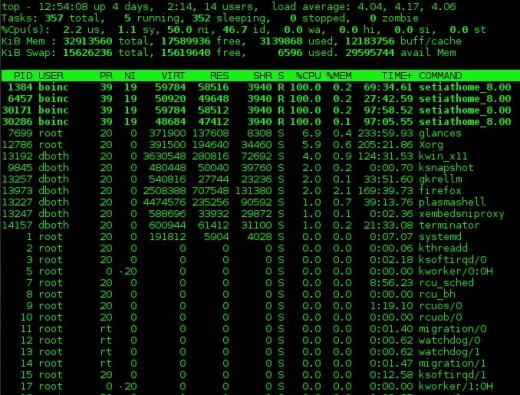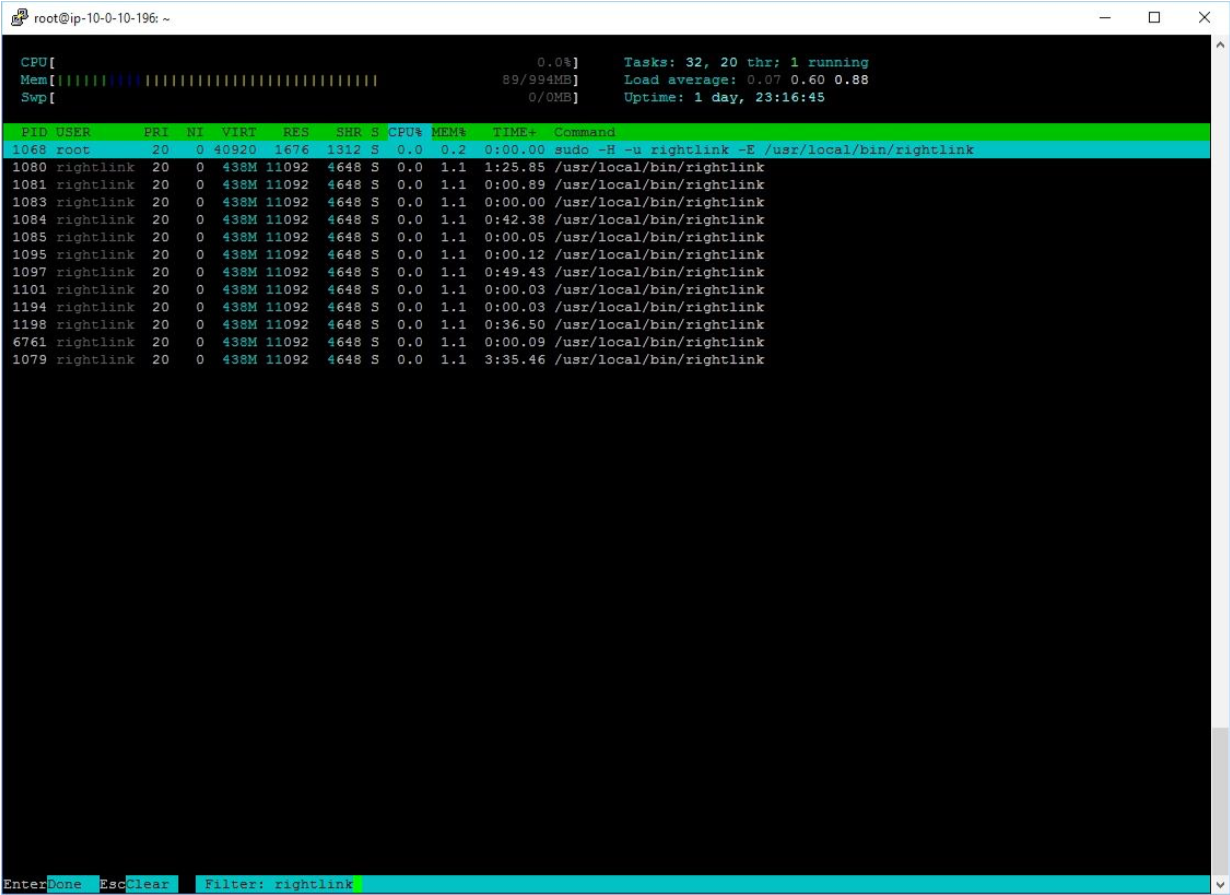
However, of that number, at least 88212 KB is shared memory, shown in the SHR column. The example system has roughly 7704 MB of physical memory, which is why the memory usage shows up as 2.3%. In the case of GNOME Shell, that’s about 180788 KB. The RES column shows you how much actual (resident) memory is consumed by the app. The system must map each of those to ensure they can be loaded when necessary. However, it’s built on a number of lower and higher level libraries. For example, the GNOME Shell process gnome-shell is not actually consuming over 3.1 gigabytes of actual RAM. Recall from the earlier description that virtual memory is not actual RAM consumed. The VIRT column is the virtual memory mapped for this process. The measurements are currently shown in kilobytes (KB). There are three columns showing memory usage to examine: VIRT, RES, and SHR. Hit Shift+M to see the list sorted by memory usage. Your display may look slightly different than this example from a running Fedora Workstation: If you haven’t tried yet, open a terminal and run the top command to see some output. The following example will clarify this view into memory usage. Without understanding these details, the output of the top application can be confusing. This works similarly for separate instances of the same app, too. It doesn’t need to load multiple copies of the same library for related apps. The Linux kernel in your Fedora system often shares memory between applications. In addition, related applications may rely on the same libraries. It might even map more RAM than the system has available! In fact, across a whole OS that’s often the case. This means an app can map a very large amount of virtual memory, while using less real memory on the system at one time. When it no longer needs portions of memory, it might release or swap them out as appropriate. The OS then loads only the parts it needs.

Instead, it builds a map to the storage where that code is stored, called virtual memory. When an app runs, the OS doesn’t necessarily load all the information it uses into real memory. In Fedora, the RPM packaging system ensures that when you install an app, any libraries on which it relies are installed, too. These libraries are also installed on the system. Instead, each relies on sets of functions collected in libraries. Most applications are not self contained. They help your OS use memory more efficiently, without involving you. In fact, some ingenious, behind-the-scenes techniques are at play. The way the operating system (OS) uses memory may not be self-evident.

This article will explain a little more about memory usage, and how to read these numbers. It might look like a lot more memory is consumed than your system has available. Have you used the top utility in a terminal to see memory usage on your Fedora system? If so, you might be surprised to see some of the numbers there.


 0 kommentar(er)
0 kommentar(er)
